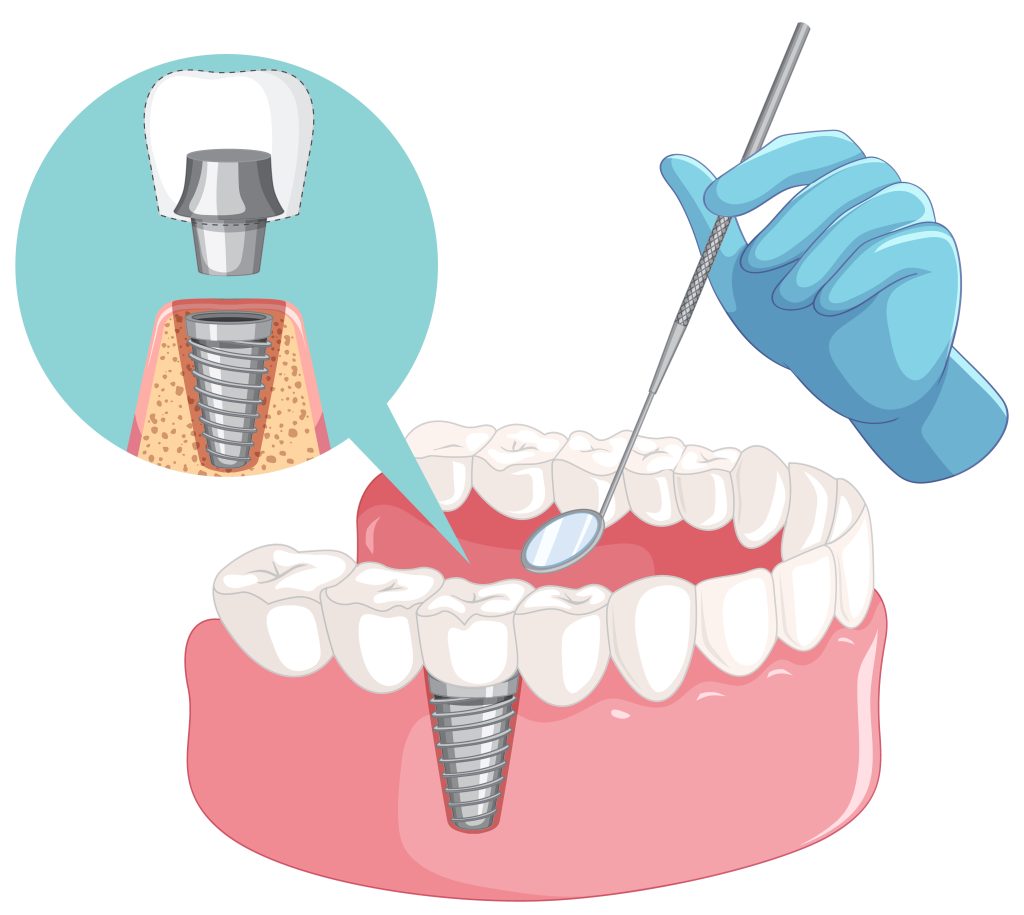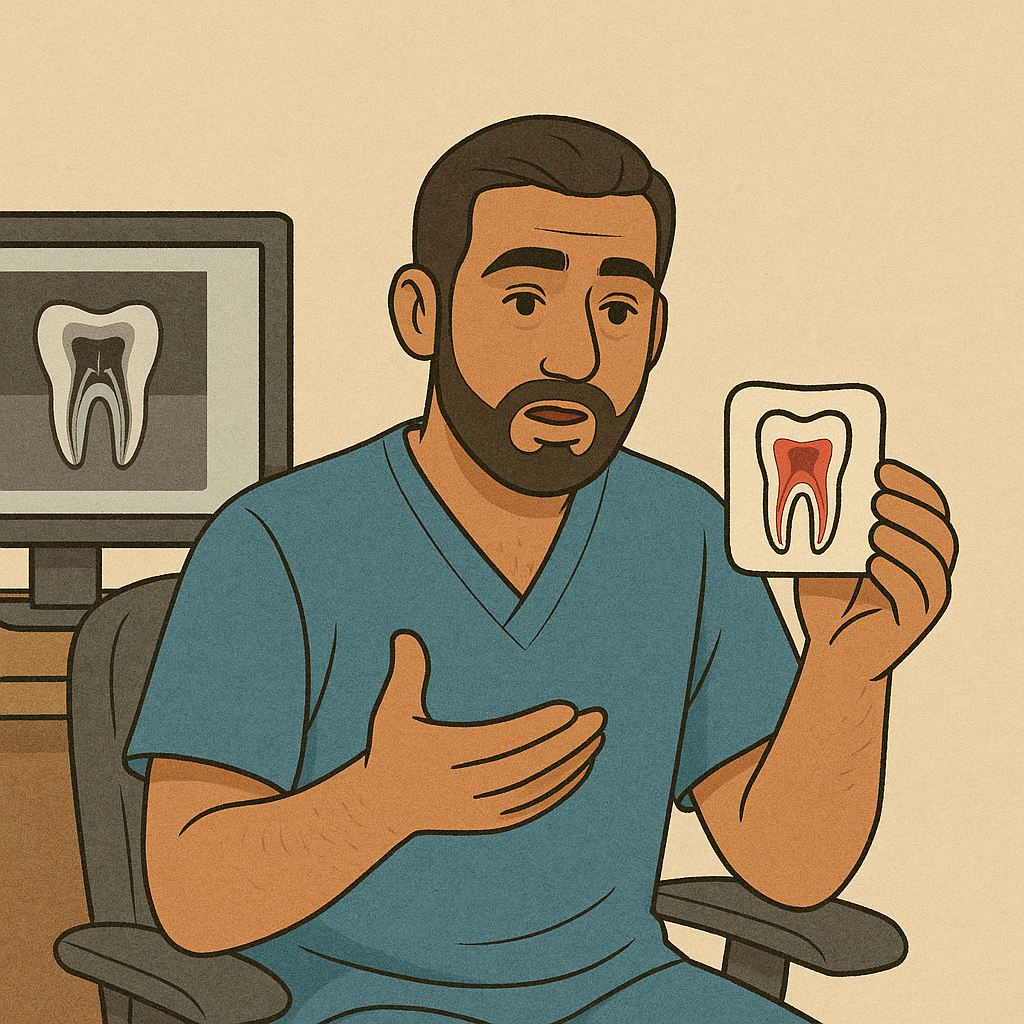Simple Tooth Extraction: Procedure, Recovery, and Aftercare
When Is a Tooth Extraction Necessary?
A dentist may recommend a simple tooth extraction for several reasons, including:
- Severe Tooth Decay – When a cavity has destroyed too much of the tooth structure for a filling or crown to be effective.
- Advanced Gum Disease – When periodontal disease has weakened the tooth’s supporting structures.
- Overcrowding – To make space for orthodontic treatment.
- Impacted Baby Teeth – When baby teeth do not fall out on their own.
- Fractured or Damaged Teeth – If a tooth is cracked or broken beyond repair.
- Infected Teeth – When a root canal is not a viable option.
How Is a Simple Tooth Extraction Performed?
- Initial Examination – The dentist examines the affected tooth and takes X-rays to assess its position and surrounding bone structure.
- Anesthesia Administration – A local anesthetic is applied to numb the tooth and surrounding area, ensuring a painless procedure.
- Loosening the Tooth – The dentist uses a dental elevator to gently loosen the tooth from its socket.
- Tooth Removal – Forceps are used to carefully extract the tooth from the jawbone.
- Post-Extraction Care – A gauze pad is placed over the extraction site to control bleeding, and aftercare instructions are provided.
What to Expect After Tooth Extraction
- Mild Swelling and Discomfort – Some swelling and soreness are normal and can be managed with over-the-counter pain relievers.
- Bleeding Control – Biting down on a gauze pad helps clot formation and stops bleeding within a few hours.
- Soft Diet – Eating soft foods such as yogurt, mashed potatoes, and soup helps prevent irritation.
- Oral Hygiene Precautions – Avoid rinsing vigorously or brushing near the extraction site for the first 24 hours.
- Avoid Smoking and Alcohol – These can slow the healing process and increase the risk of complications.
Recovery Timeline
- First 24 Hours – Blood clot formation begins, and swelling may peak.
- 2-3 Days – Discomfort and swelling gradually decrease.
- 1 Week – The gum tissue starts healing, and any remaining stitches (if used) may be removed.
- 2-3 Weeks – The extraction site fully closes over with soft tissue.
- 3-4 Months – The bone underneath fully heals, especially if an implant is planned.
Possible Complications and How to Prevent Them
- Dry Socket – A painful condition where the blood clot dislodges too early. Avoid drinking through straws, smoking, or vigorous rinsing to prevent this.
- Infection – Keep the area clean and follow prescribed medications if given.
- Prolonged Bleeding – Apply firm pressure with gauze and avoid strenuous activities for 24 hours.
When to Contact a Dentist After Extraction
Seek dental attention if you experience:
- Severe pain that doesn’t improve with pain relievers.
- Excessive bleeding beyond 24 hours.
- Signs of infection such as fever, swelling, or pus discharge.
- A bad taste in the mouth that doesn’t go away.
Conclusion
A simple tooth extraction is a routine dental procedure that, when followed by proper aftercare, results in a smooth and quick recovery. If you suspect you need a tooth extraction, consult your dentist to discuss the best approach for your oral health and future treatment options.
























